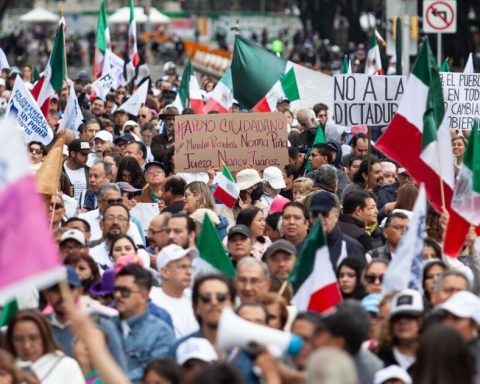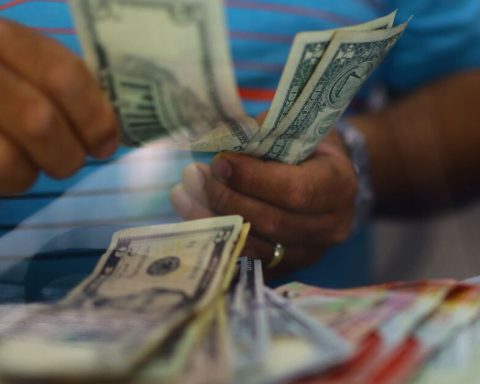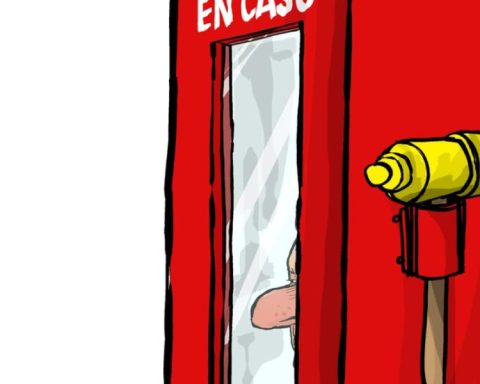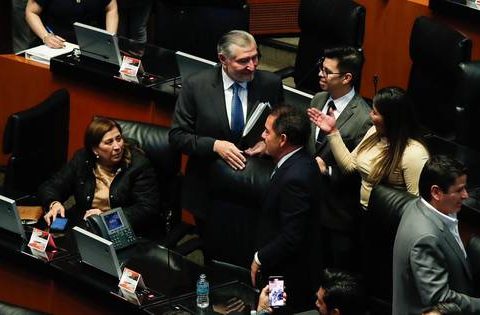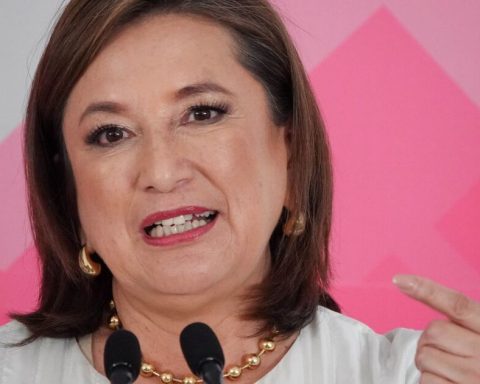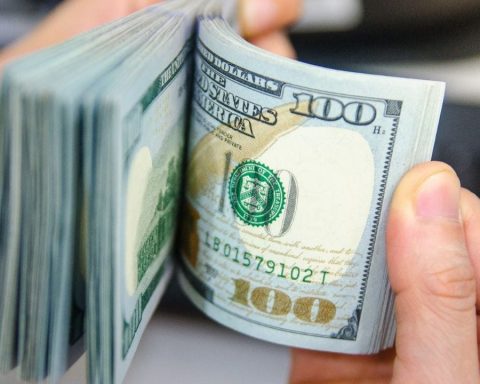Everyone would like that 9.1% annual inflation in the United States last June to remain in the textbooks as the highest point reached by prices in this inflationary bubble. The bad thing is that the markets have been waiting for that ceiling for more than a year.
Oil prices (WTI) have indeed shown a consistent decline from their highs of 122 dollars last June 7 to 94 dollars yesterday.
This drop does imply a direct reflection on consumer gasoline prices in the United States and this is one of the prices that has had the greatest influence on inflation levels.
In any case, apart from seeing the inflationary contagion in the formation of prices and how this can be seen in a resistance to hitting a ceiling, the truth is that this level of general inflation not seen in 41 years is going to have implications in the cost of money.
A little less than two weeks before the next monetary policy decision by the Open Market Committee of the United States Federal Reserve (Fed), the Fed’s rate barometer revealed yesterday that 51% of market participants anticipated an increase of 100 basis points.
The other half of market participants, 49%, believed until yesterday noon that the increase would be 75 basis points.
This reference was just a photograph in yesterday’s financial session, because that barometer moves radically minute by minute. A day earlier, on Wednesday, it showed an 83% chance of a 100 basis point increase at the meeting on July 26-27.
But a week earlier, less than 1% of the market saw an increase of a whole percentage point possible, against 99% who swore that the next increase would be 75 basis points. This only reflects the enormous volatility and nervousness around inflation, a possible recession and the reaction of the Fed back in the United States.
And if that’s the way the local US markets are going, obviously all the financial supporters abroad are out of their minds.
The most outstanding note has been that dollar-euro ratio below one to one for the European currency. But here in Mexico, where we had dollars at 19.50 pesos a little over a month ago, today they are back at 21 per dollar.
It is evident that the Bank of Mexico will have to follow the Fed in its decisions, because in addition to local inflationary pressures, parity can become a factor of internal pressure on inflation.
Only that to know what they decide in the Governing Board of the Bank of Mexico, we have to wait for the summer vacations to end, because in this month of July there is no monetary policy decision meeting scheduled.
The date of August 11 appears on the calendar as the day of announcement of the decision. This implies that a long 15 days will pass between what the Fed determines and the Mexican decision. With all that that may imply.
Televisa News Anchor
The great Depression
Degree in Communication Sciences from the National Autonomous University of Mexico, with a specialty in finance from the Autonomous Technological Institute of Mexico and a master’s degree in Journalism from the Anahuac University.
His professional career has been dedicated to different media. He is currently a columnist for the newspaper El Economista and news anchor on Televisa. He is the owner of the 2 pm news space on Foro TV.
He is a specialist in economic-financial issues with more than 25 years of experience as a commentator and host on radio and television. He has been part of companies such as Radio Programas de México, where he participated in VIP business radio. He was also part of the management and talent team of Radio Formula.

